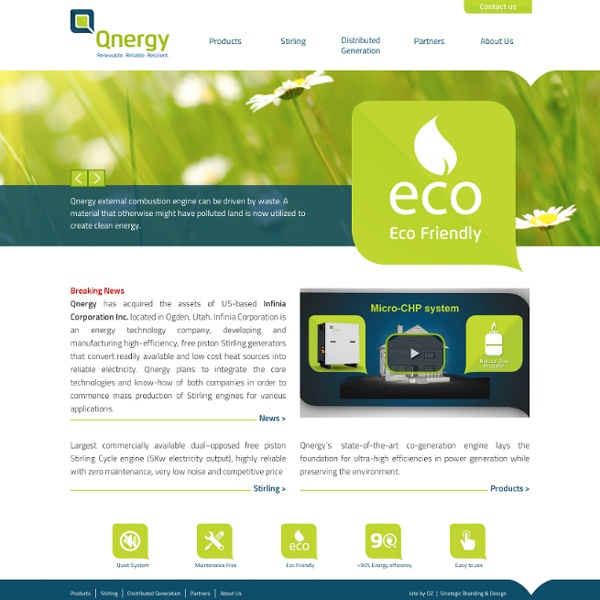



Solar updraft tower Schematic presentation of a solar updraft tower The solar updraft tower (SUT) is a renewable-energy power plant for generating electricity from solar power. Sunshine heats the air beneath a very wide greenhouse-like roofed collector structure surrounding the central base of a very tall chimney tower. The resulting convection causes a hot air updraft in the tower by the chimney effect. As a solar chimney power plant (SCPP) proposal for electrical power generation, commercial investment is discouraged by the high initial cost of building a very large novel structure, and by the risk of investment in a feasible but unproven application of even proven component technology for long-term returns on investment—especially when compared to the proven and demonstrated greater short-term returns on lesser investment in coal-fired or nuclear power plants[citation needed]. Design[edit] Power output depends primarily on two factors: collector area and chimney height. History[edit] WikiMiniAtlas
Imperium Renewables librairie,energie solaire,modules,panneaux,pompes,froid,climatisation,formation Le grand livre des pompes solaires. Tous sur les pompes solaires et les accessoires. - Nouvelle édition , Entièrement remise à jour, nouveau titre: L'eau, les pompes solaires et le traitement. Les pompes solaires : Ré écrite entièrement, cette nouvelle édition remplace les précédentes. Par ailleurs une évolution certaine, au niveau du matériel disponible, notamment les nouvelles séries Sqflex apportent de nouvelles solutions à la fois plus fiables, plus souples et moins onéreuses. Imaginez une pompe capable de fonctionner le jour en solaire direct et la nuit à volonté sur un groupe électrogène (Au cas où !) Enfin un conseil, une pompe solaire ne se fait pas au hasard en achetant des « petits bouts à droite et à gauche » Pour fonctionner correctement, elle doit être adaptée au mieux à l’utilisation désirée (Comme toutes les pompes d’ailleurs) Énergies Nouvelles Entreprises répond à vos problèmes en vous fournissant une étude personnalisée complète et un devis détaillé. L’eau !
Wriota Pty Ltd Electric Power Systems Home | Green Options Earth2Tech MATTER - Covering the Clean Technology, Green and Sustainable Re 2008 Emerging Technologies Summit - Homepage 039;s Smart+Connected Communities Provides Sustainable Economic Smart Connected Buildings Solution to Transform Energy Demand and Utilization Cisco Live, SAN FRANCISCO, July 1, 2009 – Cisco today announced Smart Connected Buildings as its latest emerging technology, a key component in delivering on its vision for Smart+Connected Communities, one of 30 key market adjacencies the company has identified. Smart+Connected Communities addresses the growing need for sustainable energy to meet the demand of increasingly urbanized populations by providing a network-enabled blueprint for successful smart cities of the future that run on networked information. The solution builds on Cisco's networked sustainability platform to further utilize the network to increase energy efficiency, create new tools for 'energy-aware' city management, and enable economic opportunity and quality of life gains for citizens. Highlights / Key Facts: Executive Quotes: Marthin De Beer, senior vice president, Emerging Technologies Group David Shroyer, controls engineer, NetApp: